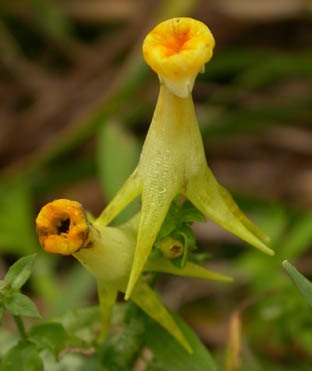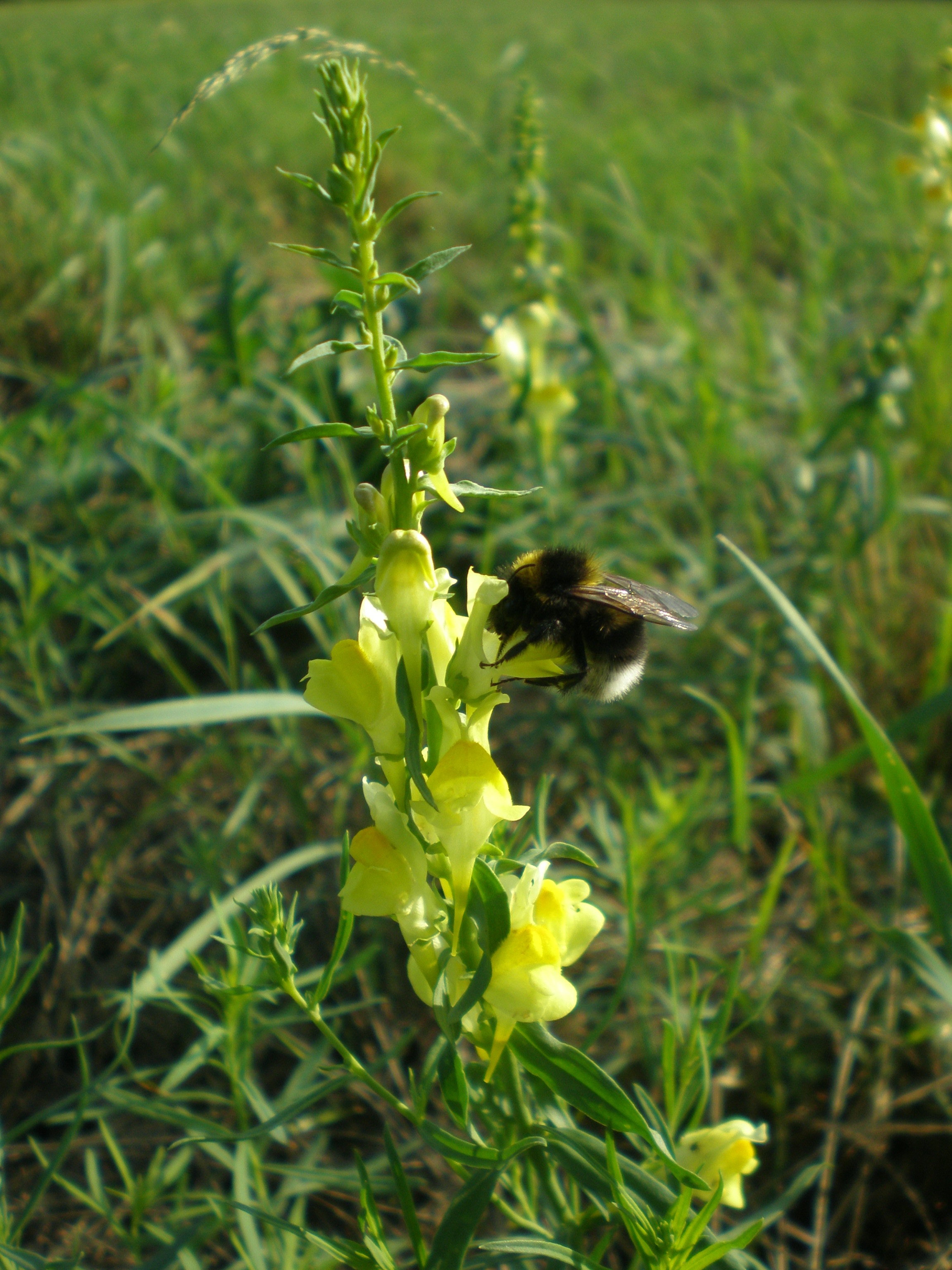Diane
P.
Genereux
Epigenetic
Biology: mathematical and molecular approaches

———Home ———Research———Teaching———Publications———Contact———
How can a single genome encode the strikingly diverse cell types that comprise a multicellular organism?
Part of the answer lies in epigenetic information.
Epigenetic signals regulate the expression states of genes in individual cells, often with dramatic implications for phenotype.
Some epigenetic changes appear to arise at random, and lead to very surprising phenotypes. In the crop weed Linaria vulgaris, for example, epigenetic change documented by Cubas and colleagues in 1999 underlie a shift in floral morphology described by Linnaeus in 1748 as "no less surprising than if a cow had given birth to a calf with a wolf's head".
My goal is to understand the molecular origins of epigenetic stability and change, and their implications for population genetics and genome evolution.

Left: A plant with wildtype, bilaterally symmetric flowers being pollinated by a bumblebee.
Right: Peloric, radially symmetric flowers that are much less accessible to would-be pollinators. Photos by Emil Nilsson.
Contact
Information
Diane Genereux
Department of
Biology
University of Washington
Box 351800
Seattle, WA 98195-1800
Phone: (206) 616-9385
Fax: (206) 543-3041
genereux@u.washington.edu
Last modified 18 February 2012.



